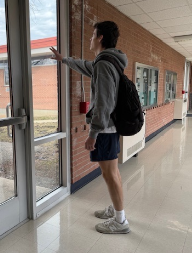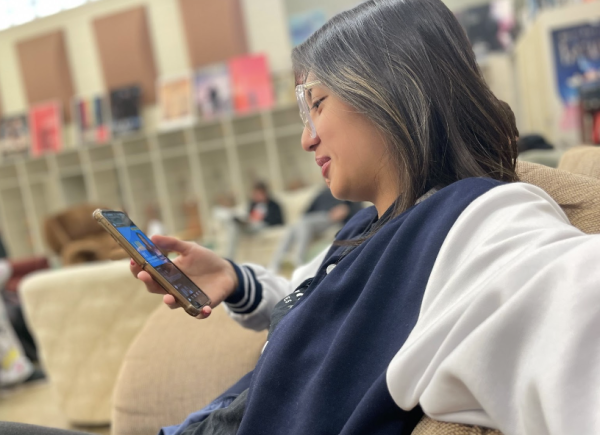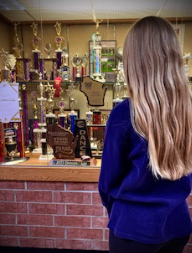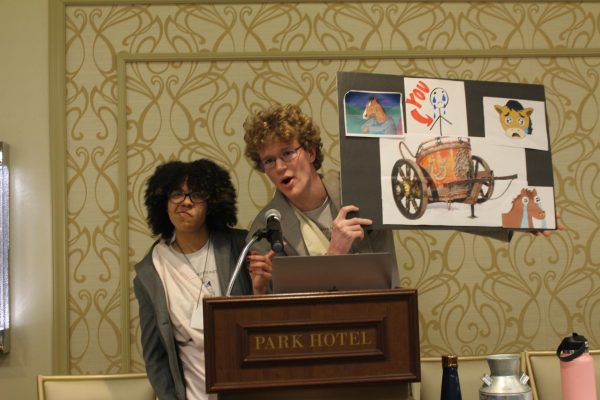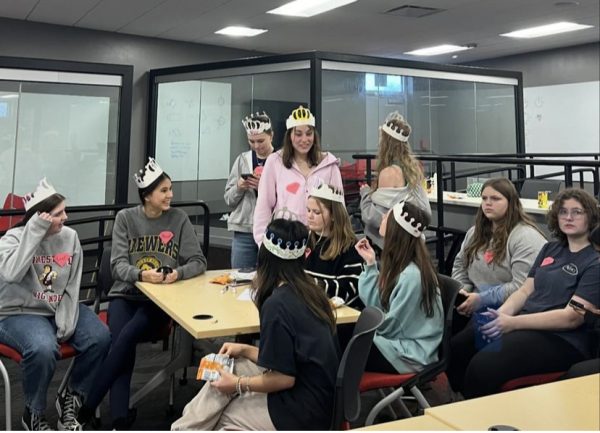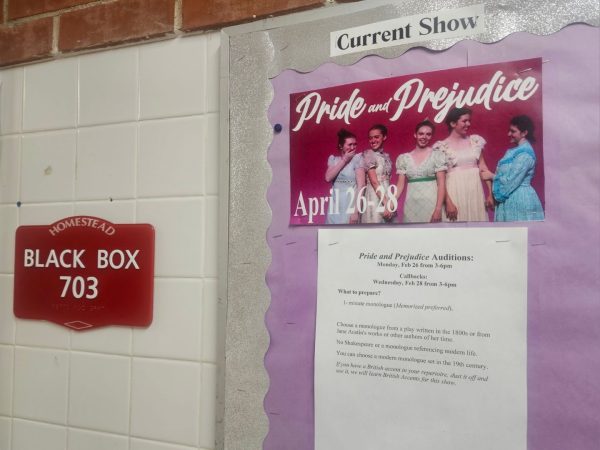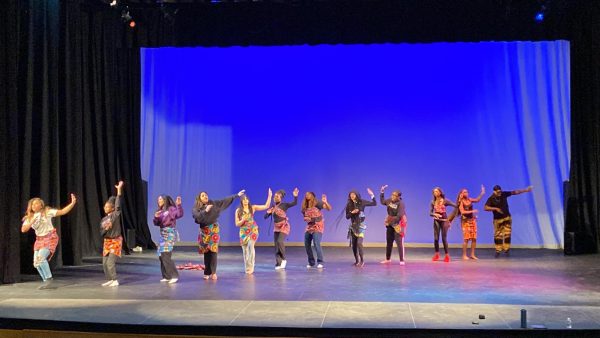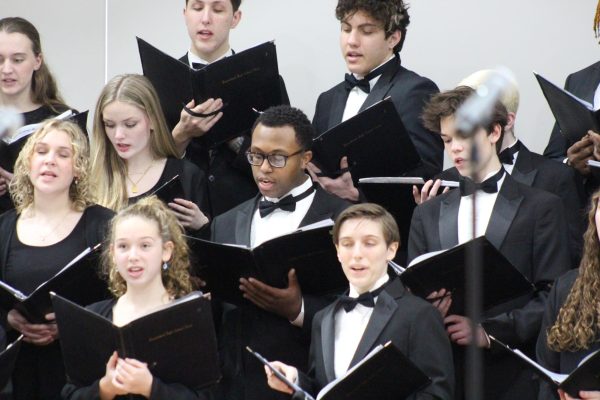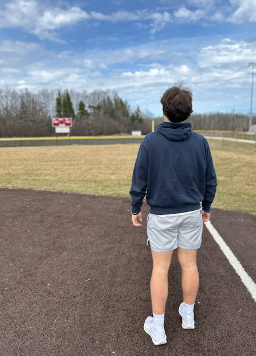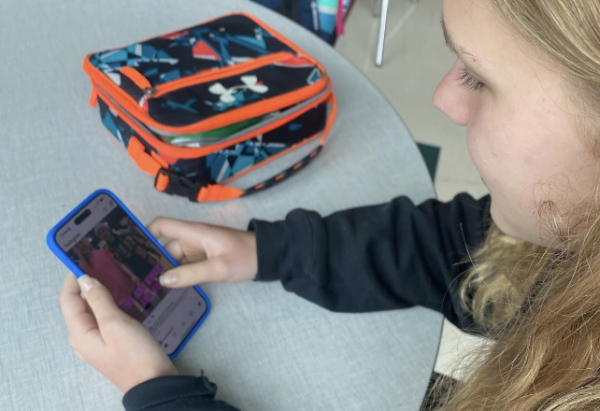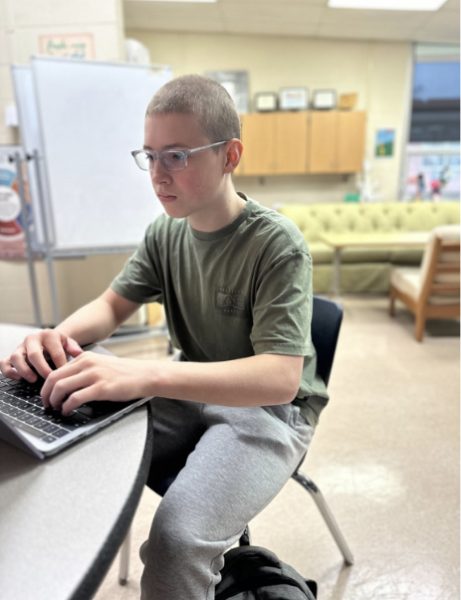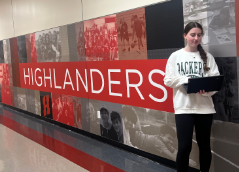Students and staff share perspectives on +20
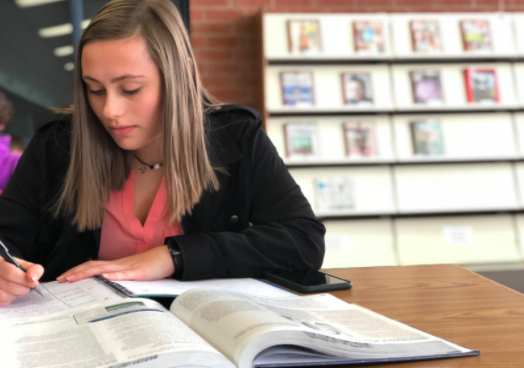
Rachel Sandlow, senior, uses her extra 20 minutes of study hall to complete a homework assignment.
The bell rings at the end of a 70-minute class period.
The announcements project through the loudspeakers; however, students do not stand up to leave.
They instead set in for an extended 20 minutes of their class.
The new implementation of the +20 system has gotten mixed reviews throughout the school after the removal of the previous “Flex Time” system.
Principal Brett Bowers introduced the new +20 system for the first time this school year. “There has been an inequity of time and opportunity that classroom teachers have at Homestead to work together, plan instruction, plan assessments, look at students results and try to improve as teams,”Bowers said.
“We have all these expectations for teacher collaboration, but our schedule doesn’t allow it,” Bowers said.
The new system allows for teachers to meet on the new late start days, which is another aspect of the change. School begins at 9:45 a.m. on the last Wednesday of each month, giving the teachers the morning to collaborate.
However, students have mixed reviews on the new change.
“I feel that most teachers say that they follow it exactly how it is supposed to be, but they really don’t and you usually continue to do classwork instead of actually getting help like flex time did,” Abi Check, junior, said.
Chris Golden, sophomore, explains how he personally views +20. “It could be beneficial, but it would work out if there were less kids in the class for more one-on-one time. I don’t think it works for the time of class and its only 20 minutes, which is not that much time,” Golden said.
Mr. Joe Ciurlik, AVID and social studies teacher, sees +20 as “a nice change of pace.”
He discussed how he believes extra time in a class can be helpful to students.
Ciurlik and other teachers of various subjects try to accommodate their +20 activities to students’ best interests.
“I think students find it beneficial being able to do test corrections, for example, in time during the school day rather than having to come in after school,” Ciurlik said. “I know that there are a lot of my colleagues that use that time to have a concerted and committed effort to doing focused note-making.”
Teddy Schaal, freshman, believes that +20 “would be more beneficial to actually do homework instead of trying to get to know each other.”
Rachel Sandlow, senior, sees benefits of +20, but overall preferred the flex time system, which is a pattern seen among many students.
“I like it for some classes because it can be very useful to finish homework or review for a test, but for other classes it seems like we could spend our time in a better way,” Sandlow said. “I prefer flex time. Obviously I liked leaving school earlier, but I liked the fact that you could go to any teacher that you needed help with on the flex days was really nice, so you wouldn’t have to stay after school.”
Bowers is aware of the students’ preference of Flex Time, but supports the new system for its benefits.
“Like most things, we get better the longer we do it,” Bowers said.

Anna Greisch is a Sophomore at Homestead High School and is excited to be enrolled in her first year of Publications. Outside of school, she enjoys being...


